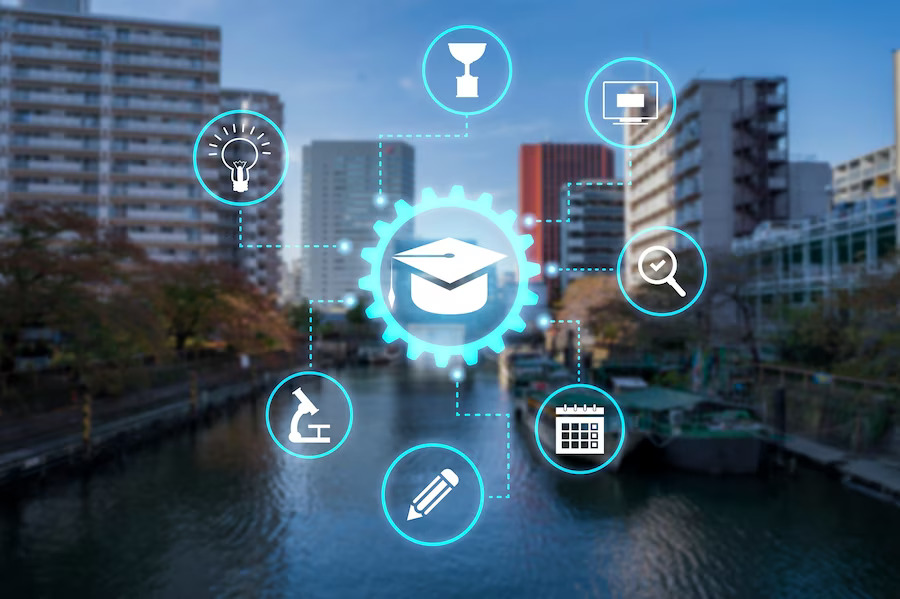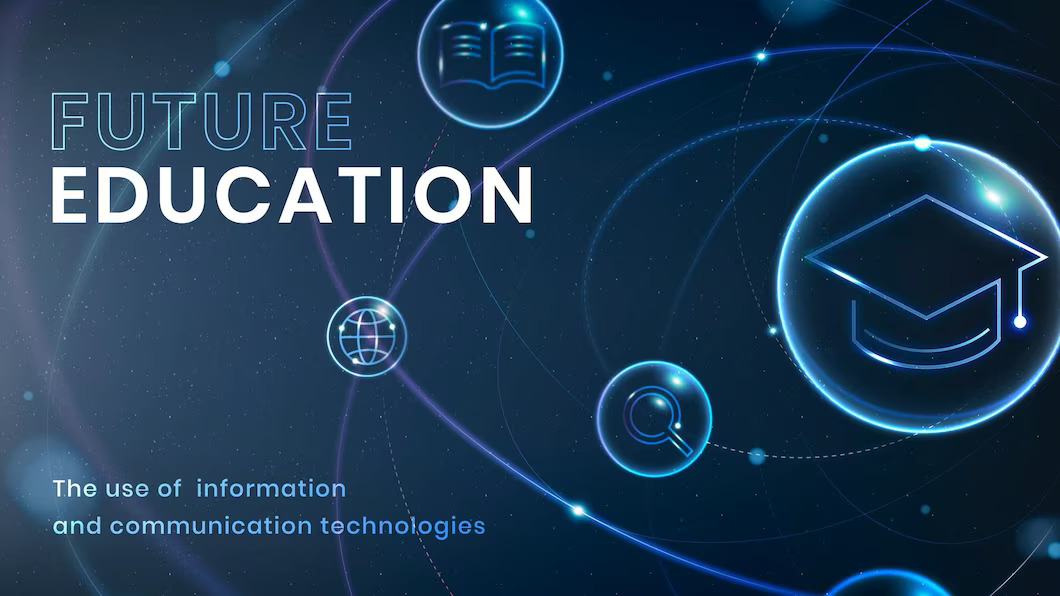The Role of Technology in Education: Empowering the next generation
Social well-being is a component of sustainable development, and it depends on education. Reforms in education are primarily motivated by the emergence of information technology as a tool for disseminating knowledge. Education in schools and institutions has changed due to new technology-assisted learning tools like mobile devices, smartboards, MOOCs, tablets, laptops, simulations, dynamic visualizations, and virtual laboratories. One of the most economical strategies for training developing minds is the Internet of Things (IoT), which has been demonstrated. It is also a reliable tool for including a top-notch educational opportunity for everyone.
Businesses in the educational technology sector are constantly working to develop innovative ways to increase access to education for people who lack access to adequate educational facilities. Both professors and students widely use social media as a crucial component of the e-learning experience. Online Learning platforms are a terrific resource for creating networking opportunities to build social activities and maybe careers, in addition to the capacity to share information anywhere, at any time.
Traditional classroom lessons don’t offer a quick learning environment, quick evaluations, or more engagement. Traditional learning approaches cannot compete with some of the efficiencies these technologies offer. Given the growing popularity of smartphones and other wireless technology devices among the general public, it only makes sense for educational institutions like schools to use them effectively by integrating technology into the classroom. Modern technologies’ versatility and non-intrusive nature make learning more enticing to the younger generation.
But because conventional teachers are reluctant to use modern technology and the jobs, and gadgets in the classroom and see them as a distraction rather than a clever learning help, it could be a difficult technique to manage at first. Students can better prepare for class by using an online calendar that shows the times of classes, assignments, field trips, guest speakers, exams, and semester breaks. Student response tools, such as smartphones and clicker gadgets, give teachers a quick and simple way to assess how quickly pupils pick up the material presented and whether further explanation is needed.
COVID-19 Lockdown, quarantine, and a pandemic are three terms that have very recently entered our vocabulary. The coronavirus epidemic’s devastation has been widely publicized. Digital technologies are at least helping to keep the educational system afloat throughout this crisis. Students can study comfortably in their own houses.
Students benefit from an exciting learning experience when technology is used in the classroom, which helps them focus on the material longer. Using computers, projectors, and other cutting-edge technology in the classroom can make learning interesting and fun for the kids. Learning can become more dynamic and engaging by creating class assignments involving technology resources, oral presentations, and group interaction. Participation can go beyond just verbal exchanges.
Here are four ways technology will improve education for the next generation

-
Simulations and digital models:
Most conventional learning techniques are not as useful as we would like. People learn things in different ways. Thus, some students might find it difficult to grasp some concepts that are taught in class.
However, supplementing traditional pen-and-paper instruction with digital simulations can aid pupils in improved understanding and long-term memory of particular subjects. Digital models can help teachers explain concepts that might be challenging without technology.
-
Open Source Databases that are Free:
It is well known that practically anything can be found online by conducting a simple internet search. It is profound how much knowledge is available.
On the internet, there are countless free databases, online courses, and other resources for students. Some students today only complete their coursework online to achieve certifications, diplomas, or degrees.
Additionally, these tools are now more accessible to pupils because of computer access in the classroom and at home. According to Cambridge International’s 2018 Global Census Report, 50% of pupils questioned globally utilize a desktop in the classroom.
-
Cloud Storage:
Businesses, governments, and institutions have benefited greatly from cloud storage since its creation. The Cloud has made knowledge sharing, specifically in education, simpler and more powerful. The ability for students to use cloud texts to save the expense of textbooks is one way the cloud has improved learning.
Soft copies are simpler to read and search for particular topics. Additionally, a student need not read through hundreds of pages of literature when conducting research. They can do a term or phrase search.
-
Fun learning:
Practice is the key to learning for a pupil. Students can practice while having fun simultaneously by utilizing the best online education platform like TribeTopper. Additionally, by incorporating fun into the process, students can better interact with their course material and retain what they learn.

















